Flavor characteristics of Zimbabwe Coffee beans in African Zimbabwe Coffee producing area & Zimbabwe Coffee beans
Professional coffee knowledge exchange more coffee bean information please follow the coffee workshop (Wechat official account cafe_style)
Coffee from Zimbabwe is seldom heard now. Zimbabwe used to be like Brazil, Kenya, Ethiopia and other big producers. Since 2000, due to political unrest and other reasons, Zimbabwe's coffee industry has fallen off a cliff. Even if Zimbabwe's coffee industry begins to recover, it still lags behind African countries with good infrastructure, such as Malawi, Rwanda and Kenya.
Planting geography
Located in the interior of southeastern Africa, Zimbabwe is surrounded by the Victoria Falls, the Zambesi River River, the Kariba Dam Dam in the upper Zambezi River and Lake Kaliba, which blocks the accumulation of water from the river, forming the northern border of Zimbabwe, bordering Zambia. Zimbabwe is bounded by Mozambique in the east, Botswana in the southwest and South Africa in part, bounded by the Limpopo River River. The area is about 391000 square kilometers.
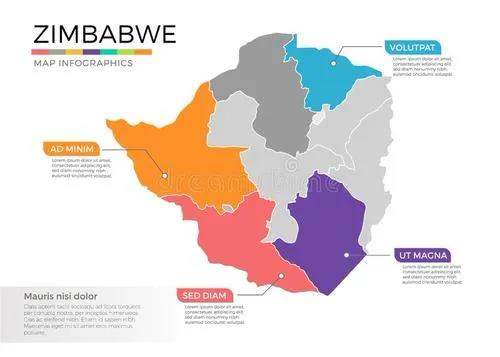
The eastern border of Zimbabwe is mountainous, and the other three stepped plateaus are 800-1500 meters above sea level, with the highest point in the territory of 2592 meters. The north belongs to the Zambezi River basin, and the south belongs to the Limpopo and Sabi River basins. Zimbabwe has a majority of savanna climate, with an average annual temperature of 22 ℃, with the highest temperature of 32 ℃ in October and the lowest temperature of about 13-17 ℃ in July. The annual precipitation increases from 300mm to 1250 mm from southwest to northeast.
History of coffee cultivation
Zimbabwe only began to grow coffee in the early 20th century, but it was almost wiped out by insect pests around 1920. Since 1950, with the migration of coffee farmers from India and Kenya to Zimbabwe, Zimbabwe has the knowledge and technology to produce quality coffee. It was only when farmers in southern Africa set up coffee plantations around the 1960s that they slowly began to grow them on a large scale. Qianjie Coffee feels that the sour and fruity taste of Zimbabwe coffee is similar to that of Kenyan coffee, but the concentration is higher than Kenyan coffee, and the wine taste and flavor are stronger.
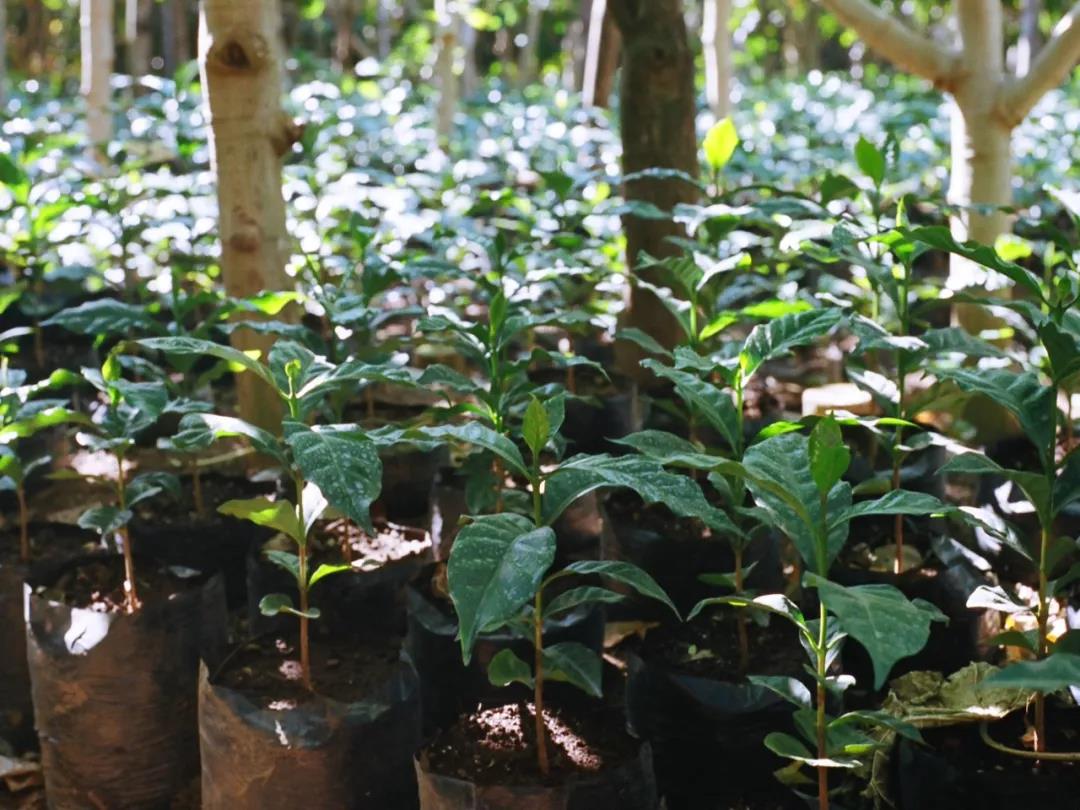
Coffee producing area
Coffee cultivation in Zimbabwe is mainly concentrated in the eastern highlands near Mozambique, which are mainly composed of the Chimanimani Mountains and the northward Nyanga Mountains, while the Nyanga Mountains are blocked by the Inyangani Mountains. Coffee producing areas are located in the province of Mashonaland (Mashaonaland) and Chipinge.
Mashonaland province (Mashaonaland)
Located in a series of mountains in northern Zimbabwe near the Mozambican border, Mashonaland has a cooler, wetter climate and higher rainfall than other parts of Africa, and has a lot of fog and dew because of its proximity to the Indian Ocean.
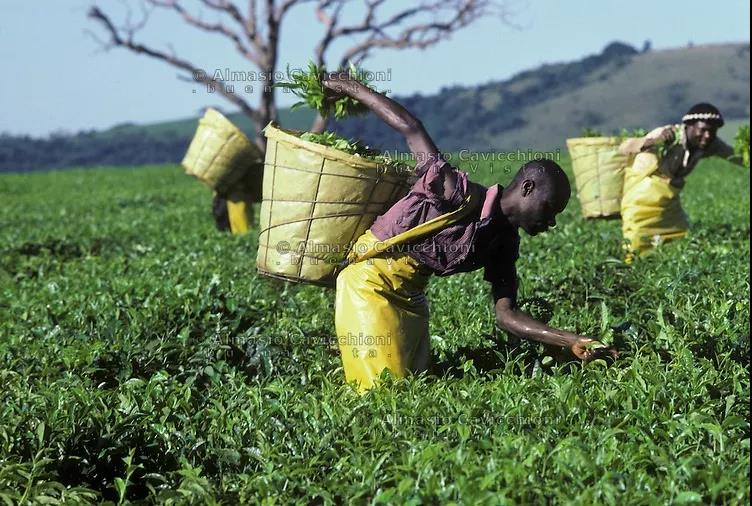
Qi Pingjia (Chipinge)
As an important birthplace of civilization in southern Africa, as early as the Middle Ages, the Shona established civilization here and created the large-scale ancient city of Great Zimbabwe Ruins in Zimbabwe. 50 kilometers east from the ancient city, it produces the highest quality coffee beans in Zimbabwe and the Chipinga region with the highest output in the country. This eastern highland, made up of the Chimanimani and Nyanga mountains near the Mozambican border, has all the necessary conditions for growing high-quality coffee, such as good soil conditions, high altitude and perennial precipitation.
Planting variety
Zimbabwe only needs to grow Catimor: in 1959, the Portuguese mixed Brazilian Kaddura and Timo to develop a disease-resistant Katim / Katimo, which is now an important variety of commercial beans. Katim is a hybrid of Kaddura and Timor-don't be confused with Kaddura and Kaduai.
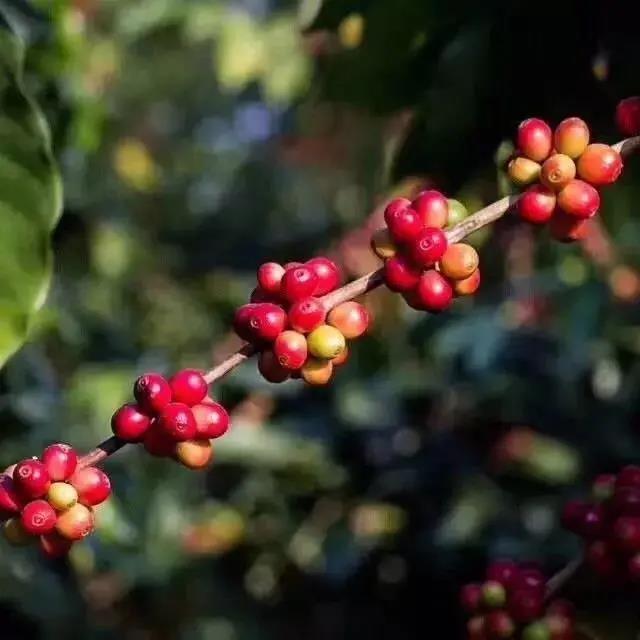
This highly resistant plant has the ability to resist coffee leaf rust, so it was widely planted in Latin American countries in the 1980s. Unfortunately, because the Timorese species (also known as the Alabasta species) is the product of a natural cross between the Tibica Arabica species and the Robusta species, although the latter can give it disease resistance, the delicate taste of the Arabica varieties has disappeared.
Coffee treatment
Due to the high annual rainfall in the growing areas of northern Zimbabwe, coffee beans are generally treated mainly by washing. Qianjie believes that washing treatment can not only improve the cleanliness of coffee, but also better reflect the rich juice of coffee beans and the sour characteristics of wine in this area.
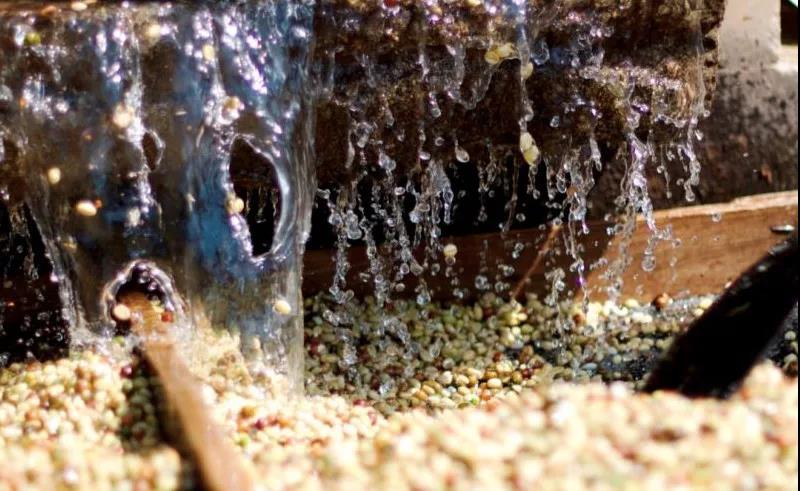
First, add a lot of water to the collected coffee fruit, rinse away the immature fruits and impurities floating on the surface, select beans, and then use a peeling machine to remove the peel and pulp. Then put into the fermentation tank to ferment for 18 hours and 36 hours, make the fermentation bacteria dissolve the pectin on the surface of the coffee fruit, wash it with clean water, and then dry it.
Qianjie baking suggestion
Baked coffee beans usually want to be cleaner and brighter, the main tone should be obvious, so the temperature of development after an explosion should not be too high, the difference between the temperature of the oven and the point of explosion should be controlled within a certain range, the color difference between the bean table and the bean core should not be too big, and the temperature rise should be as gentle as possible. Qianjie roasters suggest that Zimbabwe coffee beans are roasted in medium and shallow, and the degree of roasting can better show the sour smell of coffee beans.
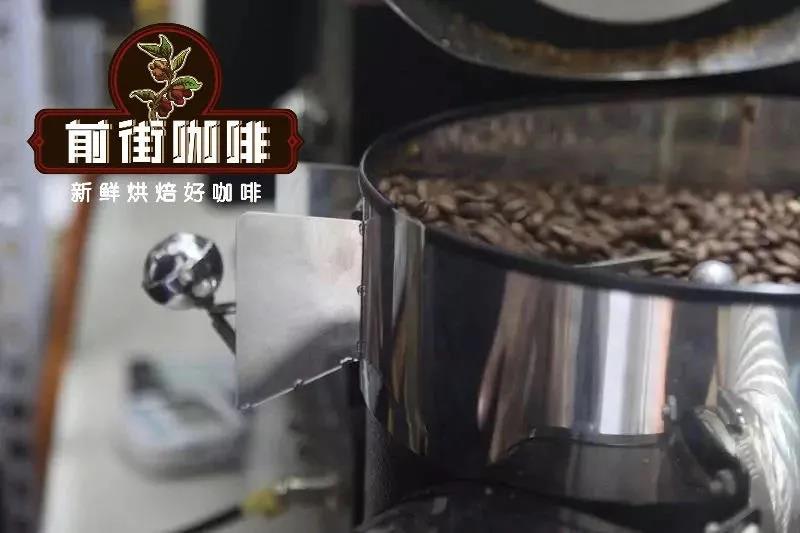
The suggestion of cooking in Qianjie
The V60 conical filter cup is recommended in the front street. V60 cup mouth is relatively large, coupled with its unique spiral curve ribs, so that the air can be discharged more easily to improve the extraction quality. The taste may not be thick enough, but its high concentration of sweet and sour and obvious aroma is a major feature of it.
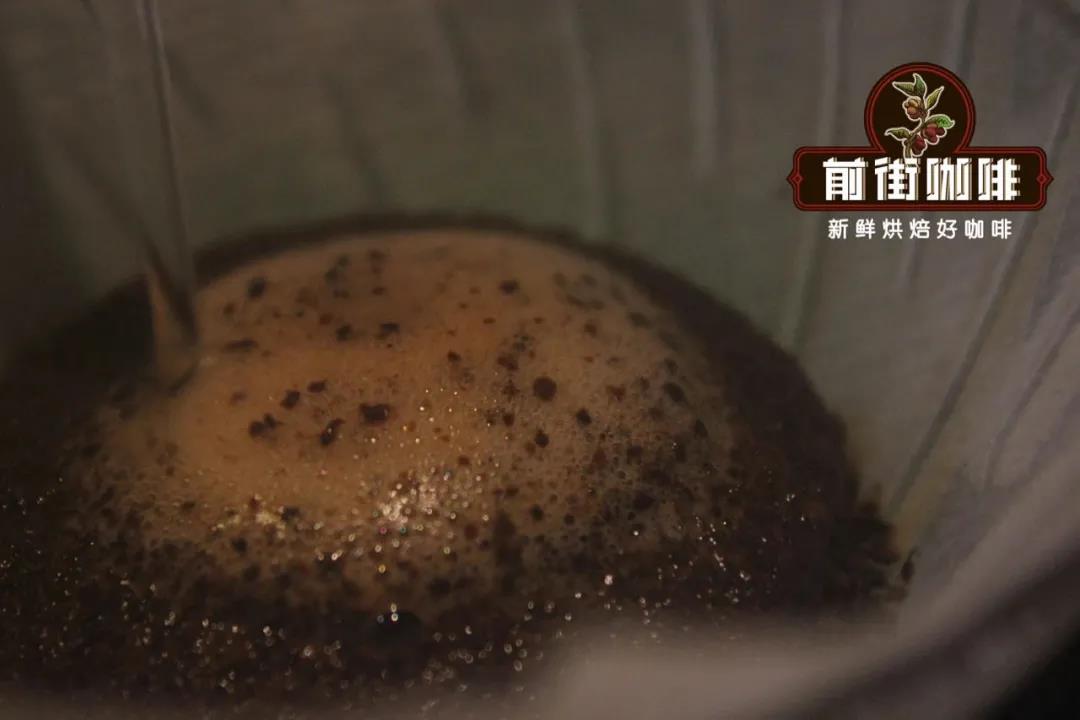
Water temperature: 90-91 degrees
Degree of grinding: fine sugar size / 20 sieve bowl sieve powder to 80%
Ratio of powder to water: 1:15
Amount of powder: 15g
Qianjie coffee is extracted by stages, that is, three-stage water injection, 30 grams of water stuffy steam for 30 seconds, the second small flow circle water injection to 125 grams off water, waiting for the water to drop and then slowly water injection, the speed is uniform, the water level should not be too high, the water injection should be stopped at 225 grams again, and the extraction time is 2 minutes-2 minutes and 10 seconds (including steaming time).
For more boutique coffee beans, please add private Qianjie coffee on Wechat. WeChat account: kaixinguoguo0925
Important Notice :
前街咖啡 FrontStreet Coffee has moved to new addredd:
FrontStreet Coffee Address: 315,Donghua East Road,GuangZhou
Tel:020 38364473
- Prev
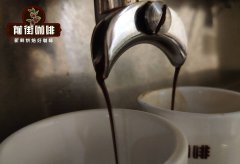
What kind of espresso is good to concentrate? Why is there always a scorched smell in concentration?
Because of the natural tight structure of coffee beans, if you want to extract the coffee liquid quickly, you must go through fine grinding to make the water have a higher extraction ability, and then make espresso through the high pressure of the espresso machine. A seemingly simple process, baristas must use correct extraction parameters according to the roasting degree of coffee beans to ensure that coffee is ideally extracted.
- Next
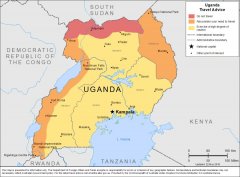
African Coffee Uganda Coffee production area Uganda Coffee treatment & hand-made Ugandan coffee flavor
Professional coffee knowledge exchange more coffee bean information please follow coffee workshop (Wechat official account cafe_style) Ugandan coffee is almost unheard of in the boutique coffee industry. This country has always been dominated by the cultivation of Robusta. In recent years, with the vigorous development of coffee production, Uganda has also begun to grow Arabica coffee beans, and the local government has also set up to manage coffee cultivation.
Related
- Beginners will see the "Coffee pull flower" guide!
- What is the difference between ice blog purified milk and ordinary milk coffee?
- Why is the Philippines the largest producer of crops in Liberia?
- For coffee extraction, should the fine powder be retained?
- How does extracted espresso fill pressed powder? How much strength does it take to press the powder?
- How to make jasmine cold extract coffee? Is the jasmine + latte good?
- Will this little toy really make the coffee taste better? How does Lily Drip affect coffee extraction?
- Will the action of slapping the filter cup also affect coffee extraction?
- What's the difference between powder-to-water ratio and powder-to-liquid ratio?
- What is the Ethiopian local species? What does it have to do with Heirloom native species?

